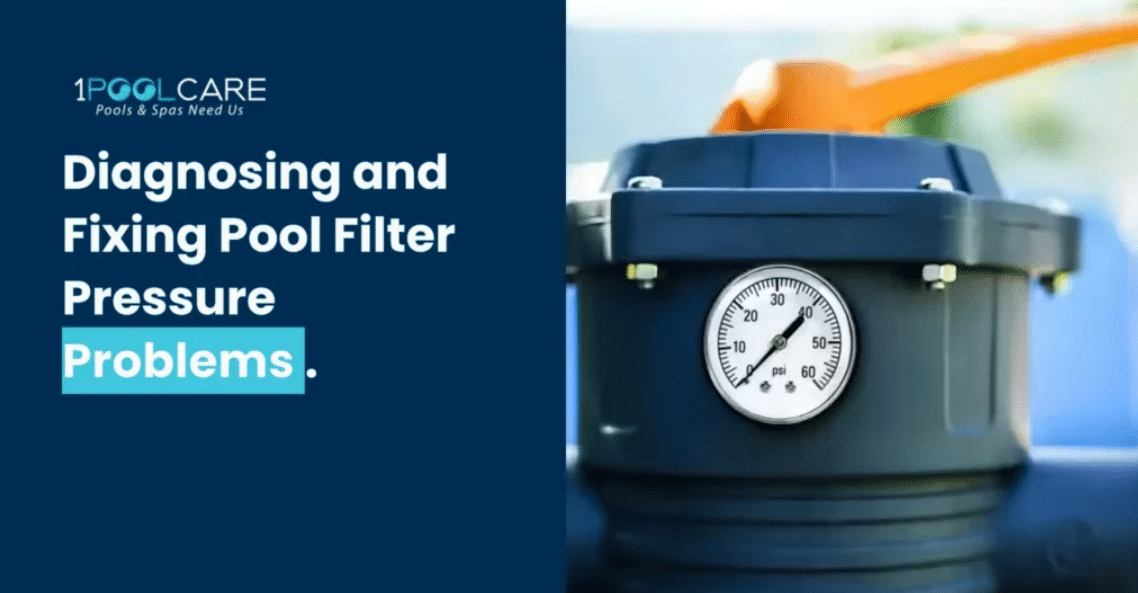
pool filter pressure problems
Your pool filter pressure gauge is more than just a dial on the filter tank. It provides crucial insight into how well your pool filtration system is performing. Understanding what your pool filter pressure readings mean can help diagnose issues, prevent damage, and keep your pool running smoothly.
Whether you are dealing with low filter pressure, high pressure, or a pressure gauge reading zero, this guide will walk you through how to identify, troubleshoot, and resolve common problems affecting your pool filter pressure.
Understanding Pool Filter Pressure
Pool filter pressure refers to the force of water pushing through your pool filter system. It is measured using a pressure gauge attached to your filter tank. This gauge helps monitor how well the water is flowing through your filter and whether any blockages or malfunctions are occurring.
Each filter system operates at a different pressure level depending on the type of filter, the pump, and the configuration of the pool equipment. Typically, a clean filter will register around 70 to 140 kilopascals, or 10 to 20 pounds per square inch (PSI). This value is known as the starting pressure or normal pressure.
What Your Pressure Gauge Is Telling You
The pool filter pressure gauge is your first diagnostic tool. When operating correctly, it reflects the internal pressure inside your pool filtration system, helping you identify potential filter pressure problems before they escalate.
If the pressure gauge reading is in the expected range, your system is likely working as intended. However, any deviation from the clean and dirty range may indicate issues such as a clogged filter, low water flow, or even a broken pressure gauge.
A pressure reading of zero, for instance, while the pump is running, typically points to a faulty gauge or a more serious problem like air pulling into the system or the pump failing to lose prime.
Diagnosing Low Pool Filter Pressure
Low pool filter pressure is often caused by an obstruction before the pump, affecting water flow into the system. Some of the most common reasons for low pressure include:
- A clogged pump basket or skimmer baskets
- A partially closed skimmer valve or suction line
- Air leaks in the pump lid or suction fittings
- Low pool water levels preventing proper water intake
- A dirty or damaged impeller reducing flow
These issues reduce the volume of water entering the pool pump, resulting in low filter pressure and inadequate filtration. Checking for trapped air at the air relief valve can also help identify if air pockets are forming inside the filter system.
Tip: If your gauge reads significantly lower than your recorded starting pressure, begin by inspecting the pump intake, pump lid, and baskets for blockages.
Diagnosing High Pool Filter Pressure
High filter pressure usually signals a blockage after the pump that is restricting water flow. This restriction causes pressure to build up inside the filter tank. Common causes include:
- A dirty filter that needs cleaning or backwashing
- Clogged cartridge filters or sand filters
- Obstructed return lines or pool returns filter valve
- Buildup of debris inside the filter system
Increased pressure is a sign that your pool equipment is struggling to maintain normal water circulation. If left unchecked, it can lead to equipment failure or plumbing issues.
Fact: An obstruction before the pump results in low pressure, whereas obstructions after the pump result in high pressure.
How to Increase Pool Pump Pressure
If your system is not achieving sufficient pressure, you may need to take steps to increase pool pump pressure to ensure effective circulation and filtration. Here are some practical solutions:
- Clean or replace filters regularly to reduce flow resistance
- Ensure skimmer baskets, pump baskets, and the main drain are free from debris
- Verify that the pool pump is primed and operating at the correct speed
- Check for leaks in suction lines and tighten fittings if needed
- Open any partially closed valves to restore full water intake
Keeping the filter pressure gauge in working order is essential for accurate diagnostics. If you notice very low pressures despite no visible blockages, inspect the impeller, which may be clogged or worn out.
Common Issues With Pressure Gauges
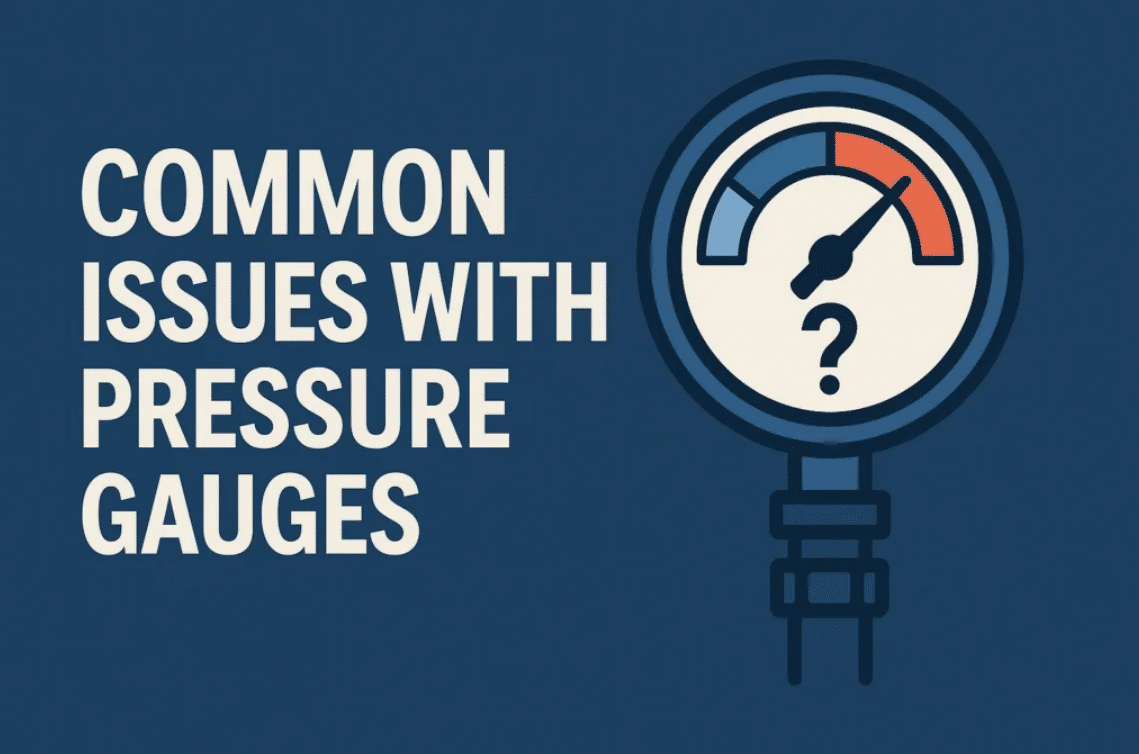
Common Issues With Pressure Gauges
If your pool pressure gauge remains at zero when the pool pump is clearly running, the issue could be the gauge itself. A broken pressure gauge can give misleading readings, making it difficult to diagnose real pressure problems.
Here is how to check your gauge:
- Tap the face of the gauge to see if the needle moves
- Replace the gauge if it is cracked, faded, or unresponsive
- Compare your gauge reading with a neighbour’s filter gauge if available
Remember to install your gauge upright and avoid overtightening. A damaged air bleeder assembly near the gauge can also affect pressure readings.
Filter Type and System Variations
Each pool filter system, whether a cartridge filter, sand filter, or diatomaceous earth (DE) filter, has its own operational pressure range. For example:
- Cartridge filters usually operate at slightly lower pressures
- Sand filters may accumulate debris more slowly, raising pressure gradually
- DE filters provide the highest filtration and may show higher pressure when dirty
Always record your starting pressure after cleaning or backwashing. This becomes your reference for knowing when it is time to perform regular maintenance again. Each filter’s correct pressure can be determined by recording the pressure after cleaning or backwashing, as this establishes the baseline for normal operation.
Note: Most filter systems rely on consistent pressure to maintain healthy pool water quality. Variations outside your normal pressure range should be addressed immediately.
Regular Maintenance and Professional Help
Preventing pool filter pressure problems starts with routine pool maintenance. Here is what you can do regularly:
- Backwash sand filters and DE filters when pressure rises 30 percent above normal
- Clean cartridge filters using manufacturer-recommended methods
- Inspect and clean the pump basket, skimmer baskets, and pump lid
- Watch for leaks or bubbles in the suction line
- Test and maintain water pressure and chemistry levels
If your system experiences excessive pressure, very low pressures, or persistent flow problems, consult a pool professional. They can assess whether internal components like the clogged impeller or filter tank require replacement.
Conclusion
Diagnosing and fixing pool filter pressure problems is a very important function of responsible pool ownership. By understanding how your filter pressure gauge reflects system performance, you can keep your filtration system efficient and your pool running smoothly.
From checking for low pressure caused by clogged baskets to addressing high pressure due to a dirty filter, your attention to detail will pay off in clearer water and longer equipment life.
If in doubt, seek guidance from a qualified pool professional to protect your investment and ensure peak performance across all filter systems.

With over 20 years of industry experience, Adrian Mole is the founder of 1 Pool Care, a leading mobile pool service in Perth. Known for his expert knowledge and reliable service, Adrian delivers professional pool cleaning, equipment repairs, and water balancing across the metro area. Backed by SPASA accreditation, he’s committed to quality, convenience, and customer satisfaction.

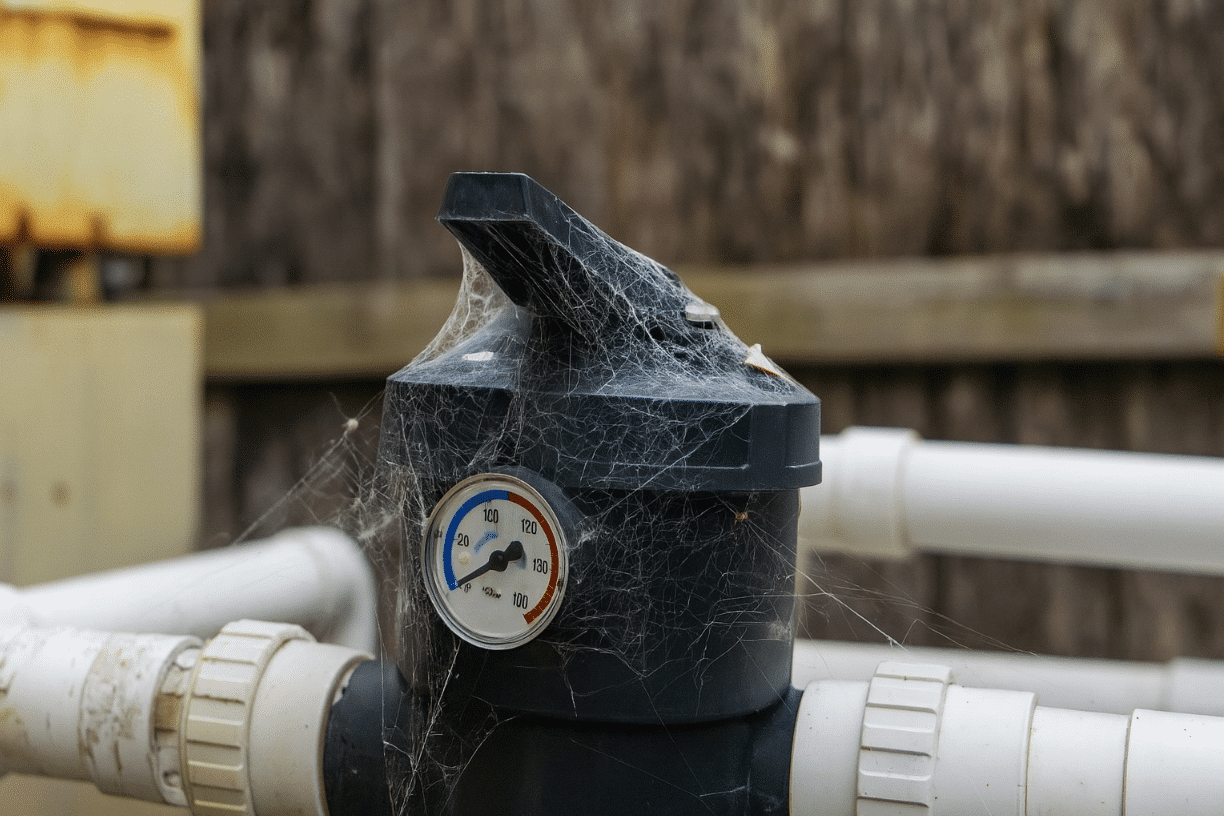

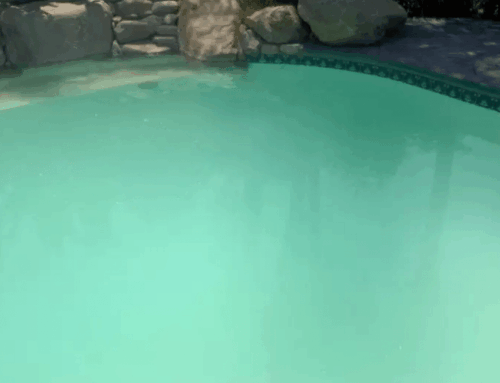
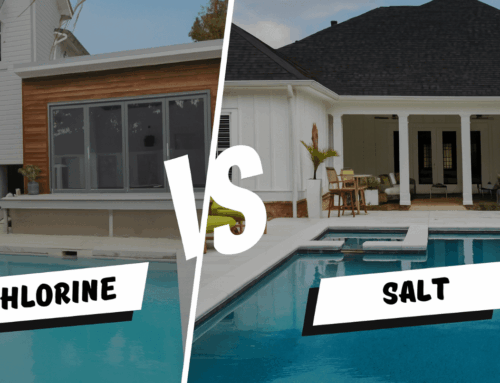






Social Media